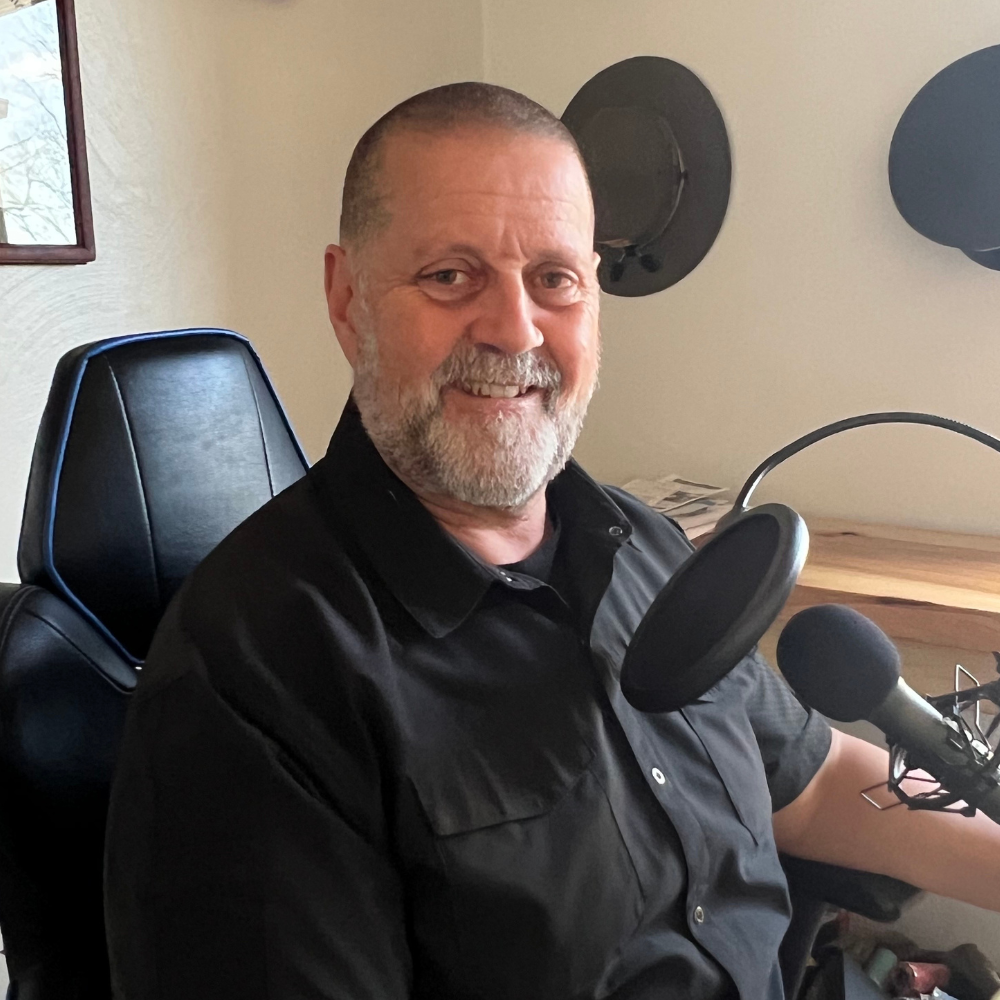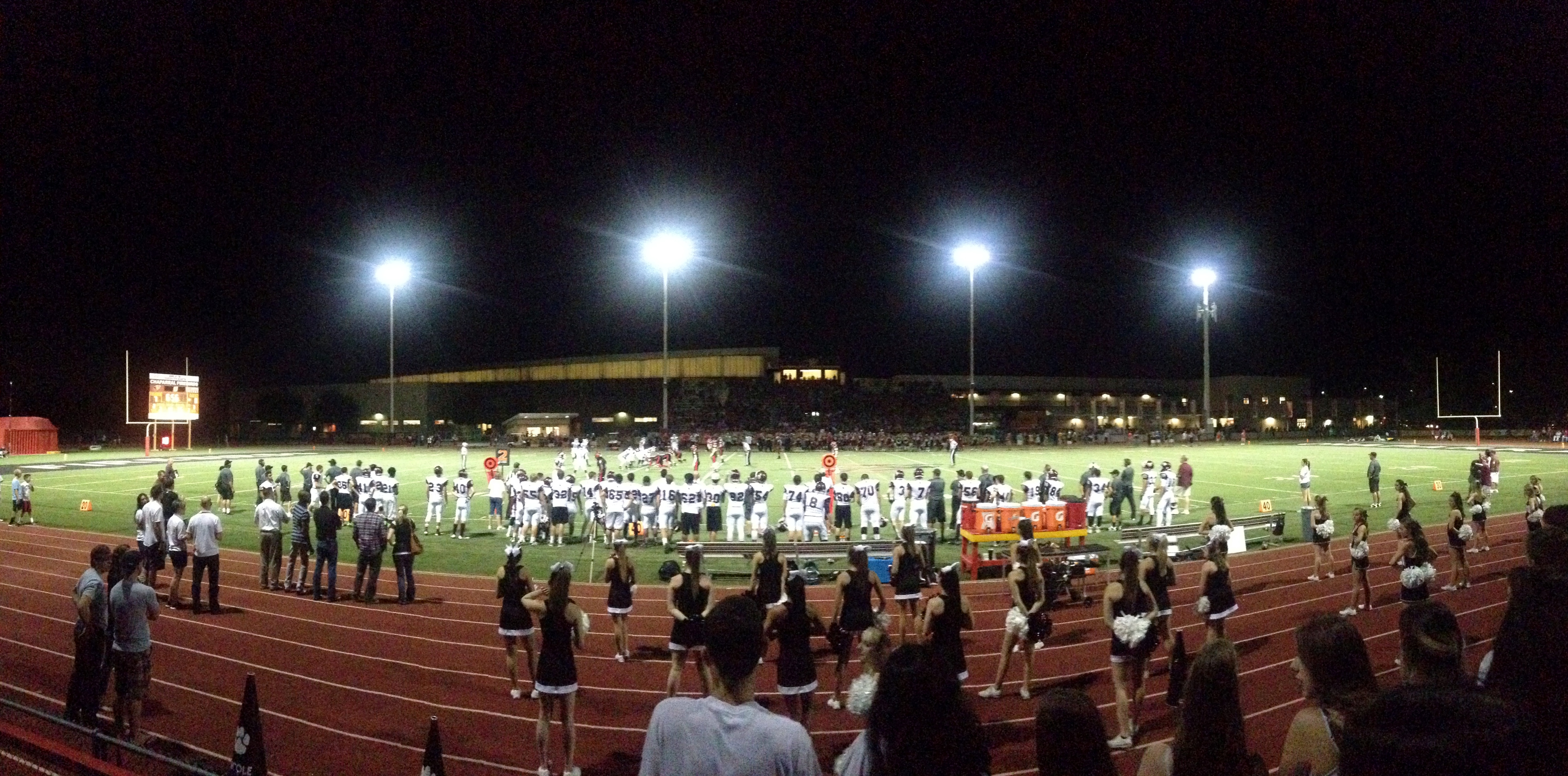While we have talked ad nauseam about the four phases of emergency management and how we need to keep the balance in what we do, some people (including some self-proclaimed school safety experts) don’t understand those basics. Over the past several months, I have heard some people say we are not concerned with response to school emergencies because we are focusing all our efforts on prevention. If we do that, there will be no need to respond. As you sit here reading this, you are likely thinking to yourself, or like me, screaming that this is not a good strategy. So, let’s take a closer look at why this should not be your approach to school safety and how the saying, “Plan for the worst, but hope for the best,” became prominent.
First, let’s discuss why people are talking about this strategy. If we could identify everything that might happen to us and then take steps to prevent those things from happening, we would all say that is what we want to do without hesitation. We all want to avoid any bad things from happening to us. That being said, is that realistic? Can we prevent everything that would cause us harm from occurring? You are not looking at this correctly if you answer yes to either of those questions. I am not saying we shouldn’t focus on preventative measures, but that should not be your primary focus. These four phases were developed for a reason: to address all-hazards that you may face.
Remember, the four phases are:
- Prevention/Mitigation
- Preparedness
- Response
- Recovery
In reviewing these phases, prevention/mitigation is the first step because we want to prevent bad things from happening or at least mitigate the impacts if we cannot prevent them from happening. Read that again! It says if we can’t prevent it from happening, let’s decrease its effects on us. The primary way we mitigate the impact on us is to prepare for it to happen. In preparing for it to happen, we are learning to respond and recover once it happens.
Most of us own a vehicle, and most of us are diligent in maintaining that vehicle by performing preventive maintenance or having it done for us. We follow all the recommendations: oil changes, tune-ups, tire rotations, new tires and breaks when needed, replacing the windshield wipers, etc. Yet, we still experience vehicle breakdowns, flat tires, break failures, and other significant issues with our vehicles. But why are we still having issues if we did all the preventative maintenance we were supposed to do? Because things are out of our control.
To be successful in prevention, you have to be correct 100% of the time. To be successful in targeted school violence, you only have to get it right one time. The odds of getting it correct 100% of the time are against you. This may be one of the reasons why the old saying, “Plan for the worst, hope for the best,” came into existence. This is because we must take steps to mitigate the effects when our “hope for the best” doesn’t come to fruition. There are many events where everyone is doing everything they think they should be doing to prevent an incident from occurring but fail to prevent it.
In April of this year, it was reported that a junior at a high school entered the school with a gun and shot one of his classmates in the leg and had intended to target others within the school before a teacher stopped him. This school had a clear bag policy and metal detectors at their entrances. Yet, the student was able to get the gun into the building without it being detected. The school was doing what they thought they should be doing but failed to prevent this from occurring.
Now, let’s look at the other half of this incident. The involved teacher took action to mitigate this incident from escalating to the point where others were injured or killed. He did this in response to what was occurring in front of him. If this school had not taken steps to plan for the response, the quick actions of this teacher would likely have been delayed or not taken at all. This is where I want to shift the paradigm and the saying, “Plan for the worst, hope for the best,” to this, “Prevent if you can, plan for the worst if you can’t.” Hope is not a valid strategy!












No Comments Yet
Let us know what you think